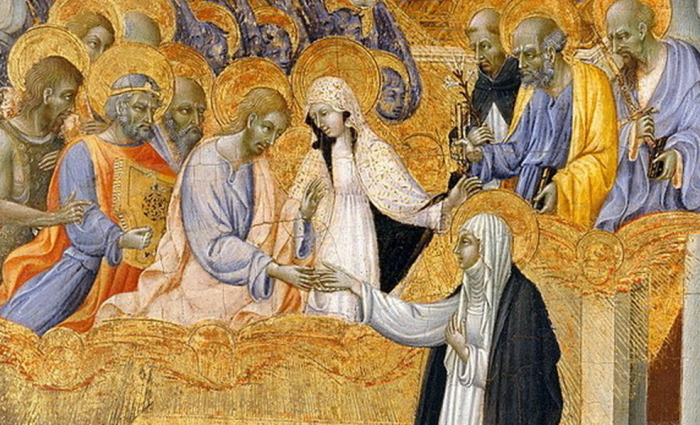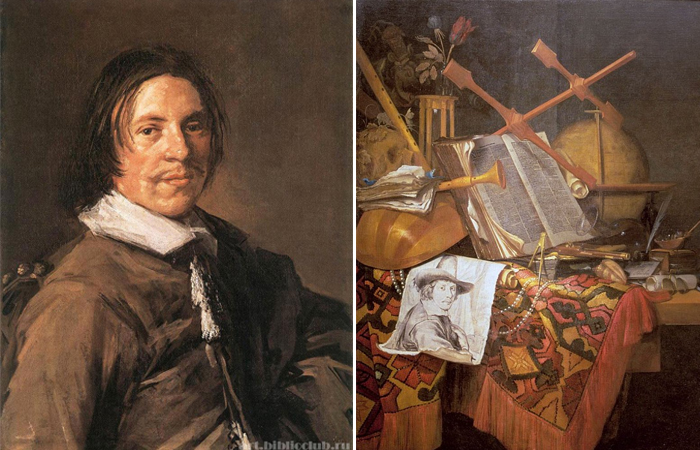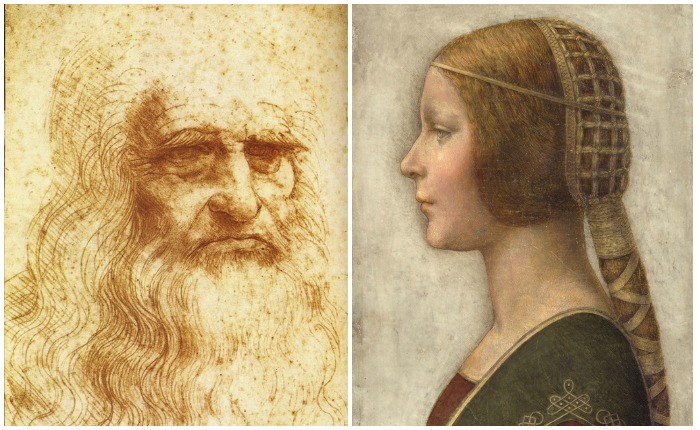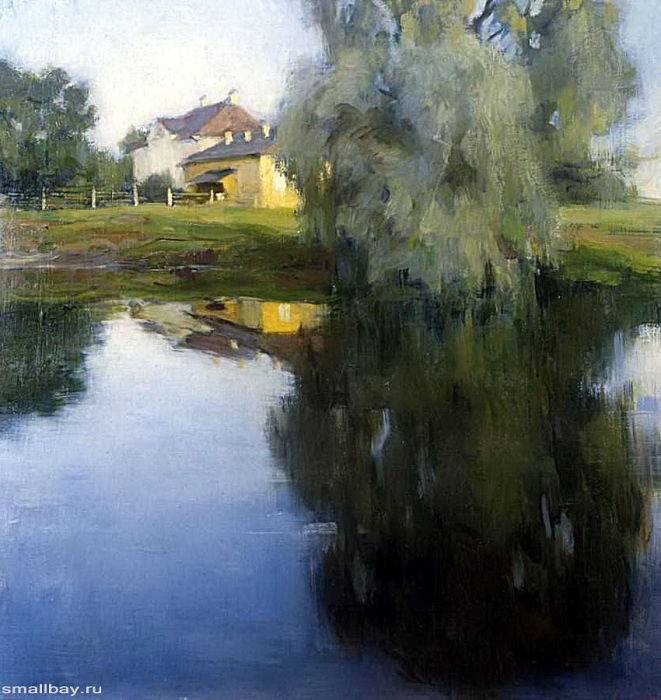Why did the famous socialist realist Heliy Korzhev begin to write mutant-turliks and paintings on biblical motifs
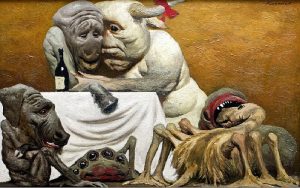 In recent years, in the world of art, interest in the work of Soviet artists has revived. And there was a time when their work was written off to a landfill, and their names were vilified by newfangled critics and art historians of a new formation. From the Soviet period, the legacy of only a few artists remained untouched, among which the name of Helium Korzhev, who had an amazing gift of vision and was able to masterfully convey in one gesture, in the expression on his face, what the whole generation was thinking.
In recent years, in the world of art, interest in the work of Soviet artists has revived. And there was a time when their work was written off to a landfill, and their names were vilified by newfangled critics and art historians of a new formation. From the Soviet period, the legacy of only a few artists remained untouched, among which the name of Helium Korzhev, who had an amazing gift of vision and was able to masterfully convey in one gesture, in the expression on his face, what the whole generation was thinking.
A bit about the artist
Helium – in translation the God of the Sun. His parents wanted to name their son Tractor, but since he was born in a sultry summer, he was named Helios. And if more officially, then Heliy Korzhev is a Soviet painter, teacher, professor, a bright representative of the “severe style”. As well as an academician of the Academy of Arts of the USSR, a national artist, a laureate of several State Prizes.
For creative services to the Soviet state he was awarded the Order of Lenin, although he was never a member of the Communist Party. At one time he was the head of the Union of Artists. And what is very curious, Helium refused the salary of the chairman of the creative union, he didn’t use his official car, and didn’t arrange personal exhibitions. Because he never pursued fame and glory. The artlessness of art … and you can’t say otherwise. He was so self-sufficient that for almost his whole life he was closed from the outside world and wrote without a brush, until the last breath only what worried his soul.
Many contemporaries and fellow artists were already very annoyed by his originality and isolation, overwhelming his unbending nature. He never looked back at others, and most of all he valued inner freedom. Apparently, the name given to him from birth and to which he unwittingly tried to correspond all his life played an important role here.
On his canvases there were never scenes of battles, and ordinaryness and pettiness were not present. His heroes are ordinary people, but with a strong inner core, capable of heroic deeds, extraordinary people, strong in spirit. It was these images that the artist depicted on his canvases, and at the same time almost always a close-up, full-length.
Throughout his creative career, Korzhev showed both ideals and shortcomings of his time. The most amazing and catchy viewer is the master’s ability to never embellish life, not to polish it, as almost all socialist realists of that period did. After all, it was believed that the present, and even more so the future of the socialist system, by that time, certainly had to be bright, with which Korzhev had big problems: there was no trace of the bright future on his canvases.
And all his life, his main postulate was a common truth: “The essence of the method of realism is the artist’s continuous struggle against lies.” And with this very lie Helium constantly fought around himself and within himself. Only true truth fell on his canvases, however, such as he imagined it to be.
Turlics from the Mutants series
In the late 80s and early 90s, Korzhev unexpectedly and radically changes the direction of his work, he begins to write acutely social paintings in a caricature genre. On his canvases suddenly come to life mythical creatures ugly, scary and funny at the same time. Turliki, as the artist called his characters, living their own lives, on his canvases. This cycle was preceded by a series of realistic paintings depicting unbridled drunkenness and the degradation of Soviet society, which with terrible force aroused protest in the soul of Gely Mikhailovich.
An unexpected grotesque cycle of creations dedicated to the Turks arose as a diagnosis of the then perestroika reality and acquired the significance of pamphlets. In a crucial historical time, people mutated and, turning into turliki, became the harbingers of the collapse of a vast country.
But the plot of this picture is fascinating and scary. We see a man grappled with either his shadow or demonic offspring, and it is difficult to imagine who will win in this battle. The picture “Controversy” was written by Korzhev in the “perestroika” time and undoubtedly reflected the artist’s view of the processes that took place then in the country, society and the inner world of each individual person.
Turliki Korzheva, striving to be like people with all her might, reached the last line of internal grinding, when intellectual and spiritual squalor begins to leave a very noticeable imprint on her appearance. Chicken brains and rat gut cannot be hidden either by plastic surgery or cosmetic means, as we see in the picture “Old Coquette”.
Miraculously, people who survived among the mutants, of course, try to talk with them in the hope of reasoning them, or at least find some common language for mutual understanding. However, everything is useless, the world is gradually changing and not for the better.
